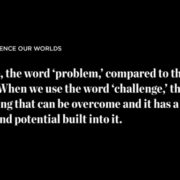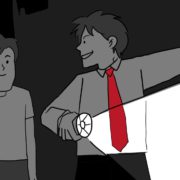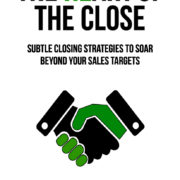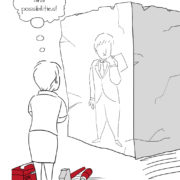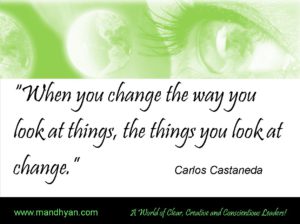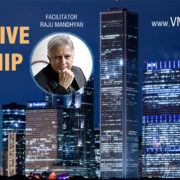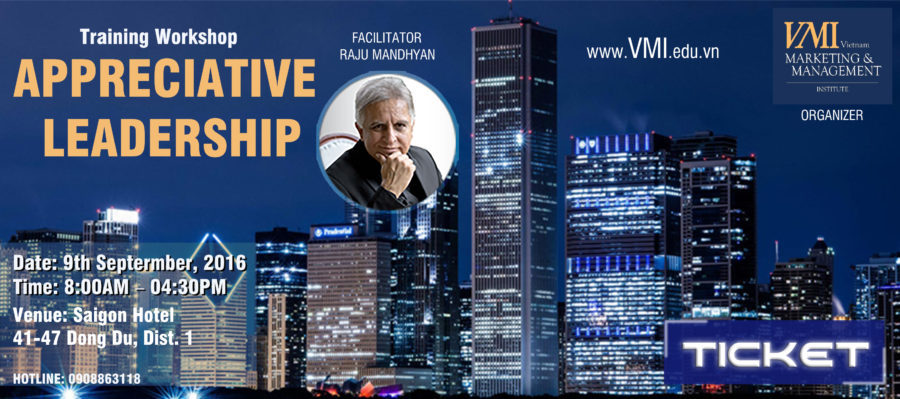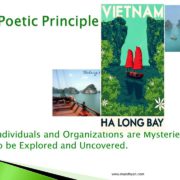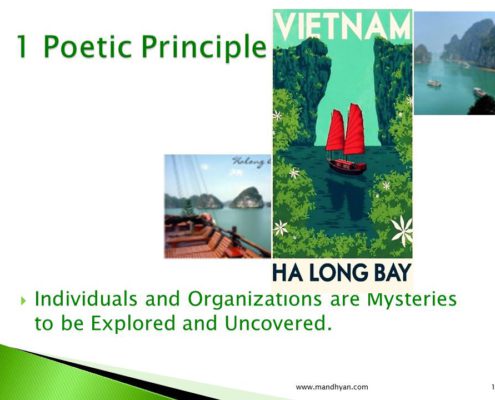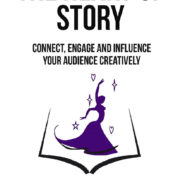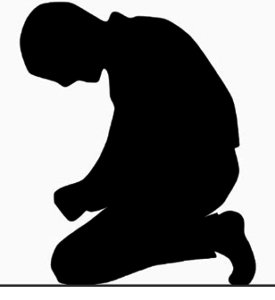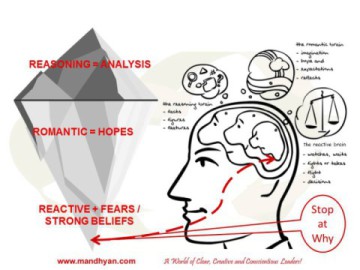Same Kind of Different

Some years ago, I was attending a forum on Neuroscience at the St.Lukes’ Hospital in Fort Bonifacio, Manila, Philippines. After a few lectures, the conversations progressed to how the brain shapes and molds itself. Called neuroplasticity, as many of us have now become familiar with, is the fact that how we willfully think and how our capacities and resources respond and grow, in tandem.
The conversation then moved, in some weird way, onto fatalism and fate. The energy in the room began to wane, until an elderly person stood up and said, “Then what the Indians, they have no faith?”
The people on panel, on stage, had no idea how to come up with an answer to that one keeping in mind that the forum was on science. There were some two hundred odd people in the room and some of them knew me, as a speaker and a coach, and they began to look my way. The elderly person asking the question, of course, unaware of the Indian in the room. My jaw had dropped and the neural synapses in my brain had begun to run amuck. I had no idea what to say or do. Millions of deities and the millions of rituals I knew of began to spin and dance around my head urging me to say something. I was dumbstruck.
Thankfully, a young neuro-smart savior from the stage asked the elderly person, “What makes you say that?”
“Well,” replied the man, “when one of our travel companion had a heart attack in India, the Indian doctor declared that his chances were extremely slim. He will not last the night, he added.”
“What if we pray?” asked the Filipinos of the doctor. “Yes, you may” said the doctor, “but trust me the chances are zero to none.”
This incident had led the elderly person to conclude that all, billions of Indians have no faith. It was simplistic thinking and no offense was intended. The whole room smiled and heaved a sigh of relief. I was thankful and relieved from defending the faith of a whole nation. Whew!
Today the memory of that awkward moment and the realization of how people jump to conclusions and acquire biases brings a smile to my face. I do wonder what causes people jump to such conclusions so easily. What is the genesis? What can be done about it?
I do not have any answers yet but, over the years, I watched Filipino friends try their utmost to save and care for the sick and the dying. They go on an all-out battle against the forces of nature, against the imminent. They sell their homes, sell the shirts off their back and bruise their knees from kneeling and praying to prevent the unpreventable. They get together in groups; invite friends and neighbors to plead unto the skies on their behalf. After all their efforts, if their prayers are not answered, they humbly accept their fate. They mourn rightly and bounce back very, very quickly. It is an amazing trait and I have watched it in awe and appreciation many times in my life. In the India of my childhood, my memories are of our families being a little more pragmatic about death but continuing to mourn and taking a wee bit longer to bounce back into life.
The bigger realization and take-away I have from this insight is that I, religiously, refrain from making sweeping and generalizing statements about any community or culture. The way I go about it is something you might want to consider in looking at our diverse world:
One, when I come across a behavior or a practice that is new to me, I step back and try to explore it a bit more and try to understand why people say and do, what they say and do. I give it time.
Two, when I begin to see a picture that is a lot clearer and precise as to what people of a different culture are saying and doing then I make an effort to understand what is about myself that finds things different.
Three, I move forward with caution, care and courtesy towards the novel belief or practice until I find a connection and a commonality from which point synergies can be developed.
This practice over the years has built my persona. The influences towards this practice have been the sense and the sensibilities of the two beautiful cultures I have been part of for decades. I truly believe that ‘We are all the same kind of different.’ What remains important is kindness and courtesy towards all others. Treat others as if they were a reflection of your own selves. ‘Pakikipagkapwa-tao,’ we call that belief and behavior in the Philippines.


